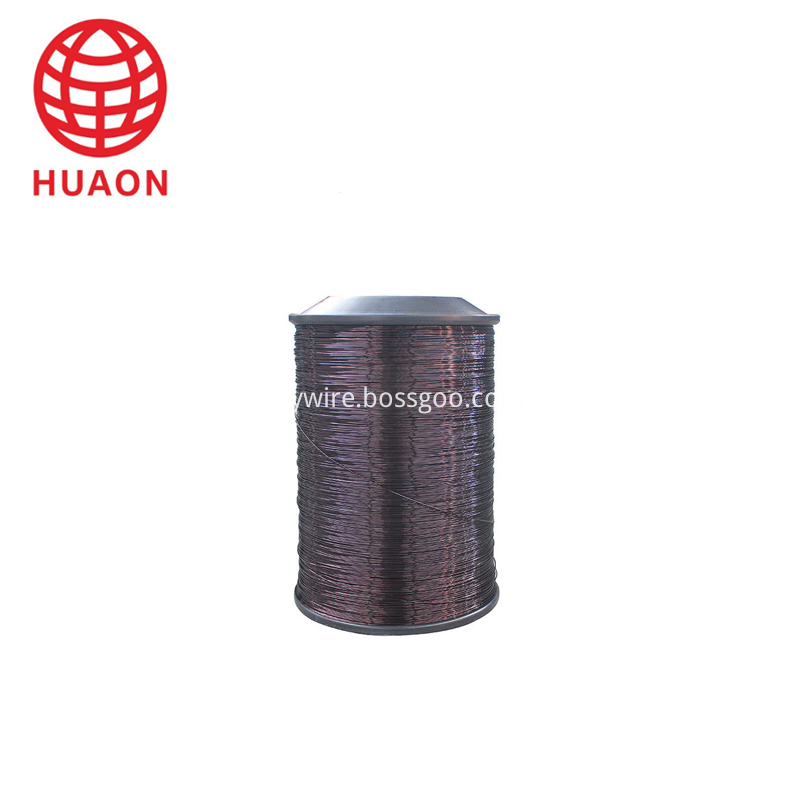1) Operating the valve at a large opening: It’s recommended to let the control valve work at its maximum opening, such as 80%. However, this can cause cavitation and erosion on the spool's head. As the spool breaks down, the flow rate increases, forcing the valve to close again. This cycle leads to gradual damage and eventual failure of the entire spool, especially at the root and sealing surface. By operating the valve at a smaller or intermediate opening, the erosion is reduced, which significantly extends the valve's lifespan—often by two to five times. In chemical plants, this method has proven to double the service life of valves.
2) Reducing S to increase the working opening: Lowering S means increasing system resistance outside the control valve, which reduces the pressure drop across it. This allows the valve to open more to maintain flow, reducing cavitation and erosion. Methods include installing an orifice plate after the valve or partially closing a manual valve in series. This approach is simple, effective, and ideal when the valve is initially selected for small openings.
3) Reducing the valve size to increase the working opening: By decreasing the valve's diameter, the opening can be increased, improving performance. Options include replacing a larger valve with a smaller one (e.g., DN32 to DN25) or using a smaller valve seat without changing the body. For example, replacing DG10 with DG8 in a chemical plant can double the valve’s lifespan.
4) Transferring the destruction point: Moving the most damaged area to a secondary location helps protect the sealing and throttling surfaces of the valve seat, preserving critical components and extending service life.
5) Increasing the throttling channel: One way to do this is by thickening the valve seat, creating a longer path for the fluid to pass through. This delays sudden pressure expansion and moves the erosion away from the sealing surface. Some designs use stepped or wave-shaped valve seats to enhance resistance and reduce cavitation. This method is commonly used when upgrading old valves or introducing high-pressure systems.
6) Changing the flow direction: A flow-open type directs fluid toward the opening, causing rapid wear on the sealing surface. A flow-closing type directs fluid toward the closed position, placing the erosion below the sealing surface. This protects the core and seat, significantly increasing the valve’s lifespan. Simply changing the flow direction can extend the life of a flow-open valve by one to two times.
7) Using special materials: Anti-cavitation and anti-erosion materials like honeycomb structures or streamlined grooves can be used for the throttle section. These materials are resistant to corrosion and offer good mechanical properties. Common options include non-metallic materials such as rubber, PTFE, and ceramics, as well as metallic options like Monel and Hastelloy.
8) Changing the valve structure: Replacing the valve with a longer-life design, such as a multi-stage pressure-reducing valve, anti-cavitation valve, or corrosion-resistant valve, can greatly improve its durability. This is especially useful in retrofitting or upgrading older systems.

EI/ AIW Enameled Aluminium Wire
| About EI/ AIW Enameled Aluminium Wire |
Class 200 heavy insulation thickness of Polyester-imine / polyamide-imide compound enameled aluminum round wire

Product Name
Enameled aluminium wire EI/AIW
2065-6.00,CLASS C-200
Material
Aluminium
Type
EI/AIW
Themal class
calss C -200
Country of origin
China(Mainland)
Used
motor,transformer,rectifier and such
Enameled Aluminum Wire,Ei/ Aiw Enameled Aluminium Wire,Round Winding Wire,Super Enameled Aluminum Round Wire
HENAN HUAYANG ELECTRICAL TECHNOLOGY GROUP CO.,LTD , https://www.huaonwire.com